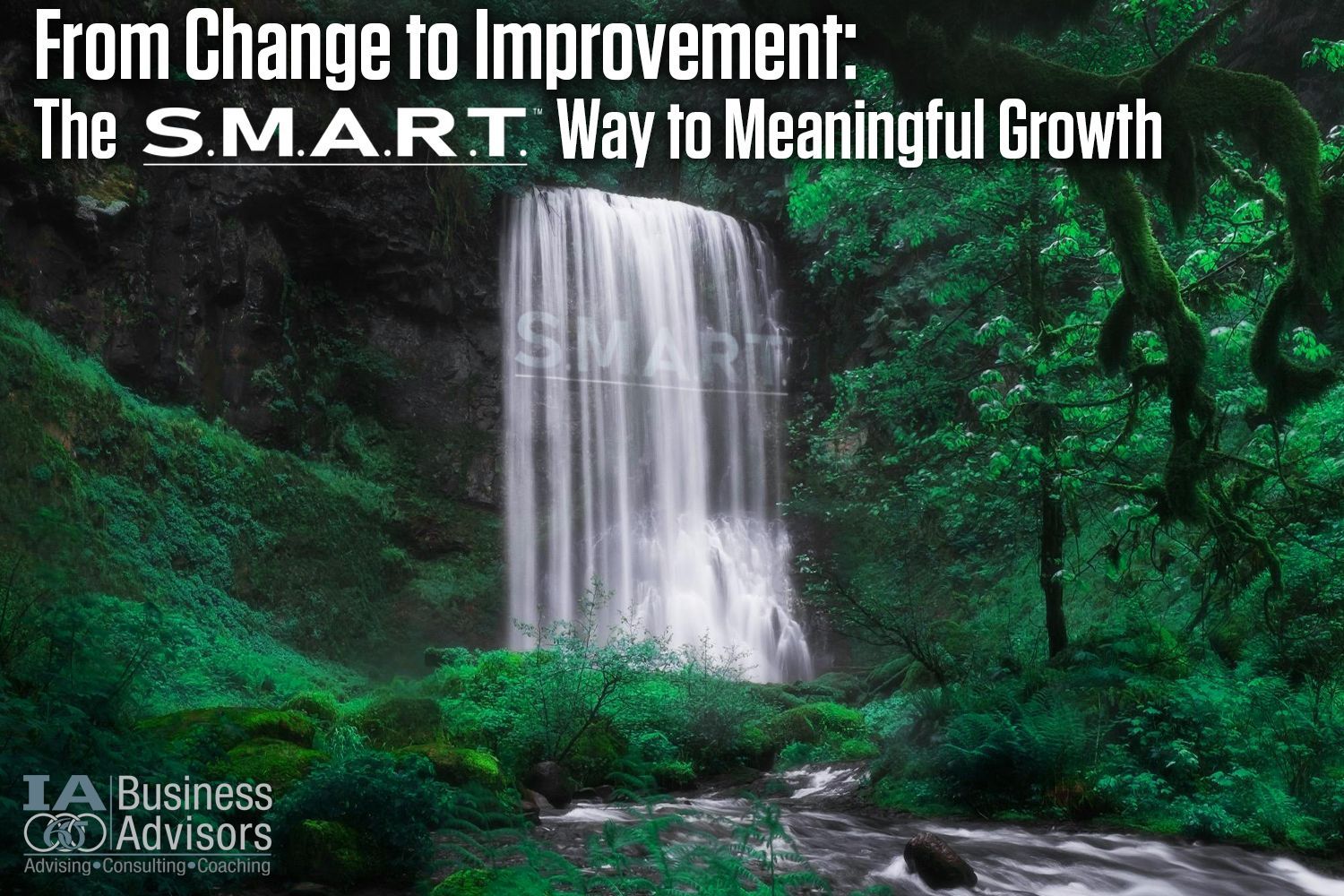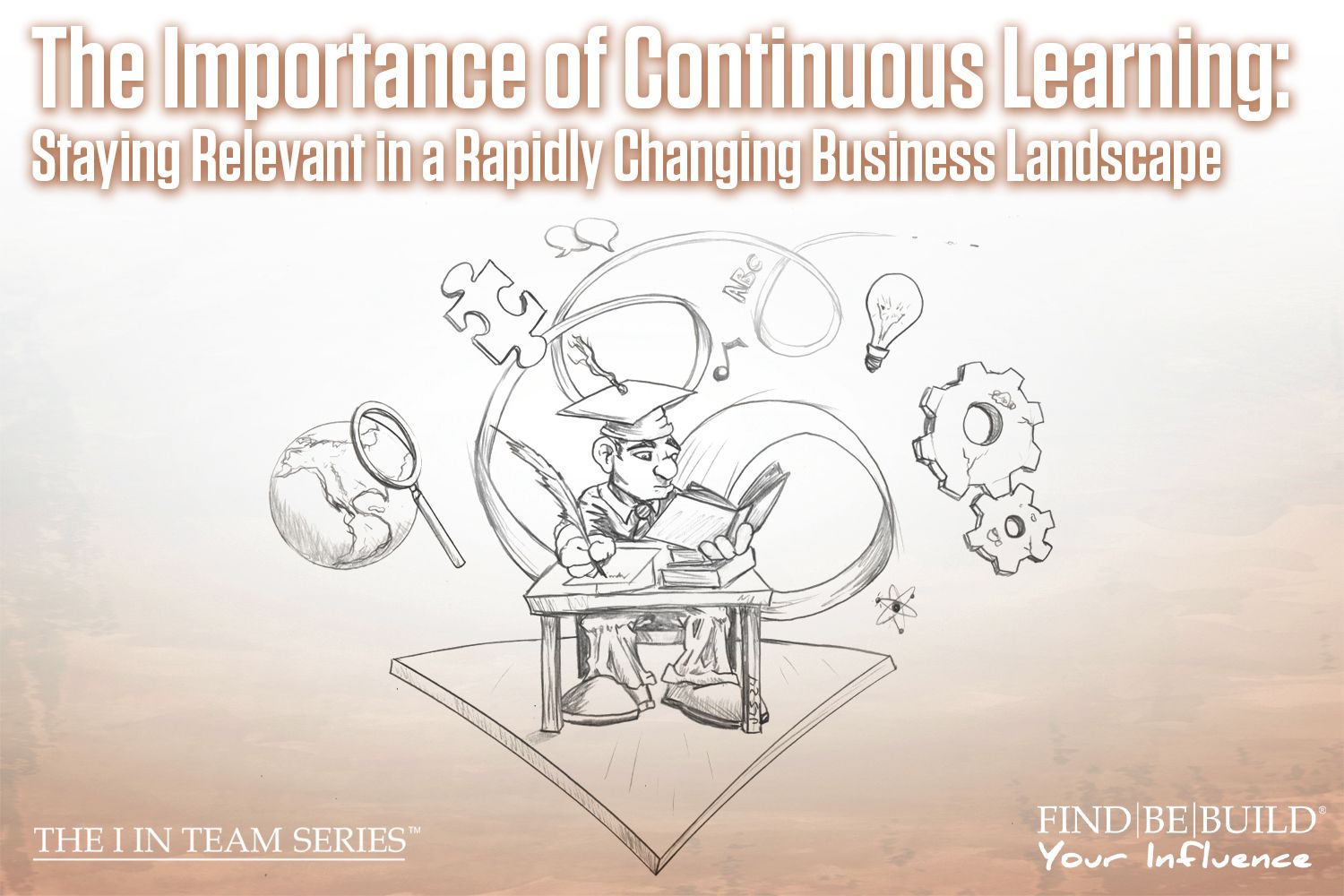The Missing 20% of Successful Operation Changes

The IA Business Advisors team has identified the first 80% of operational change as issue analysis, causality determination, solution development, and decision implementation. The 80/20 operations mistake occurs if change stops here. Like trying to create a dam in a rushing river by throwing a small rock, it won’t take hold. The missing 20% of implementing successful operational changes is habit formation.Like damming a river, forming habits ensures that changes last.
20% Issue Analysis – Impacting the Business
To begin implementing change, you must understand the impact of the issue on your company. Regardless if it’s perceived as negative or positive issue, analyzing the issue is required.
What is the effect of the issue? What initially caused you to notice it? A product recall, fluctuation in expenses, or dip in revenue might indicate how the issue is manifested.
Who is it affecting? Customers, employees, vendors, or owners? Increased customer complaints, high employee turnover, or difficult vendors shows who is being affected by the issue.
When and where does it happen? A specific day or time? With the same two people? This should be easy to identify. If not, track its occurrences to locate consistencies.
Only after these questions are answered can you begin to “define the why.”
40% Causality Determination – Defining the Why
Defining why the issue is occurring is the next step to implementing a successful solution. If you have properly evaluated what the effect of the issue is, who it is affecting, and when or where it occurs, the reason its occurring should be relatively easy to find.
Determining causality is the culmination of the analysis, and yet this is where some people lose interest in issue resolution. They may conclude that the issue is not important because it does not affect them personally, or because others can deal with the issue. Pushing forward is necessary to implement successful operational change.
Having a clear understanding of why an issue is happening should naturally lead into “evaluating the options.”
60% Solution Development – Evaluating the Options
Creating the solution could be as simple as deciding between a quick fix or as complex as a complete policy overhaul. By the time you get to this point, you’ve only determined that something has to change.
Determine which options will easily and effectively alter the root cause. Do some options require additional resources or employee time to implement? Would entire departments need to be reorganized? What could the different outcomes be and would any of them correct the root cause? Between financial considerations, human capital concerns, and time restrains, objectively evaluate the options.
Whichever option is determined to be the solution, it’s important to have conviction in “making the call.”
80% Change Implementation – Making the Call
Develop a strategy to include how the change will be implemented, tracked and evaluated. Remember that no matter which direction you’ve chosen, everyone will have an opinion and its uncomfortable to change.
Implementing the change is where you are going to create the dam in your river. Upon initial implementation of change, people will pay attention to the reason why and will attempt to learn whatever is needed to implement the change.
However, soon following an initial period of time, we often see organizations fall back on the past habits that served them comfortably. This is why the missing 20% is “solidifying the solution.”
100% Habit Formation – Solidifying the Solution
There are many different studies regarding best practices of habit formation. Some similarities are time, structure, intentionality and accountability. In business, implementing new software, performing observation coaching, designating a change champion, or altering key performance indicators are all effective, yet different, ways to help form a habit.
Without forming a habit of the new process or procedure, employees, vendors, and customers will develop short cuts or solutions to anything not clearly defined and documented in a decision. Habit formation will ensure the solution will take hold and is like reinforcing the dam.
A fully successful operational change is made when the habit is formed. This often missing 20% ensures operational changes stand the test of time.
© Individual Advantages, LLC. 2015
The post The Missing 20% of Successful Operation Changes appeared first on IA Business Advisors.











